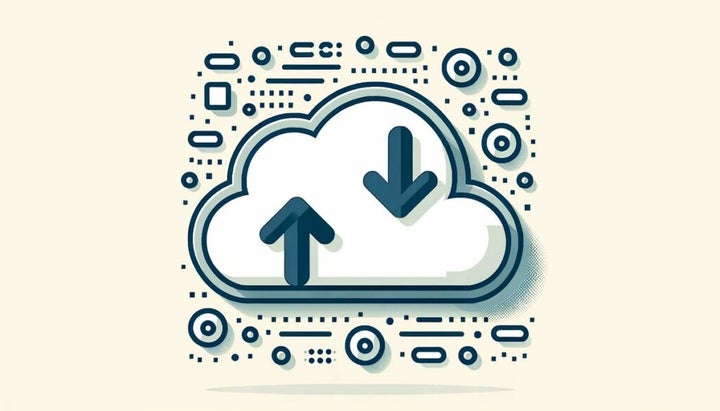Google Drive, along with its suite of Workspace apps, has always been a go-to for many due to its user-friendly tools that simplify file sharing, whether it’s with colleagues or friends. Its seamless integration with Android phones and leading Chromebooks sets it apart from other cloud storage options.
But there’s a change on the horizon. Starting next year, Google Drive is introducing modifications that will alter the way you download and share files, all because it’s phasing out support for third-party cookies.
Privacy over convenience?
Web browsers have been gradually distancing themselves from third-party cookies, and Google Drive is hopping on that bandwagon. Soon, when you pull a file from the cloud, it will only utilize first-party cookies.
This means your personal data or metadata stays away from third-party companies that might be trying to access it. It’s a move geared towards enhancing user privacy and security. This change is slated to kick in on January 2nd, 2024. But it’s worth noting that this new approach might disrupt the usual file-sharing routine for many regular Drive users.

Currently, sharing a file on Drive is a breeze. You can include collaborators from your workspace or any Google account holder. You also have the option to generate shareable links for specific files, deciding who gets access and what they can do with the file. Some external apps rely on these links to pull in files or integrate them into websites. However, this familiar process is set to evolve next year.
Gone are the days when sharing a file on Google Drive was as simple as a couple of clicks to get a URL. The upcoming changes mean users will have to navigate a more intricate process. For documents made in Docs, Slides, Sheets, and Forms, you’ll need what’s termed a Google Docs publishing URL.
To get this, you’ll first have to publish the file via its Share option. Once done, you’ll be provided with a URL to share. Additionally, if you’re looking to embed the file on a website or blog, you’ll find the necessary iframe code on the same page.
A new sharing paradigm
For those who’ve gotten comfortable with Drive’s current system, this new method might feel like a curveball. While adapting to this for newer files might be manageable, the real challenge lies in updating older integrations. Admins might find it a tad tedious to locate and update them in line with the new process.

This change isn’t just limited to Workspace; even personal Google accounts will experience this shift soon. The silver lining? Users have a few months to identify and adjust any Drive setups that might be impacted. This initiative is part of Google’s broader strategy to bid adieu to third-party cookies, with Chrome’s Privacy Sandbox being a significant milestone towards this goal.


